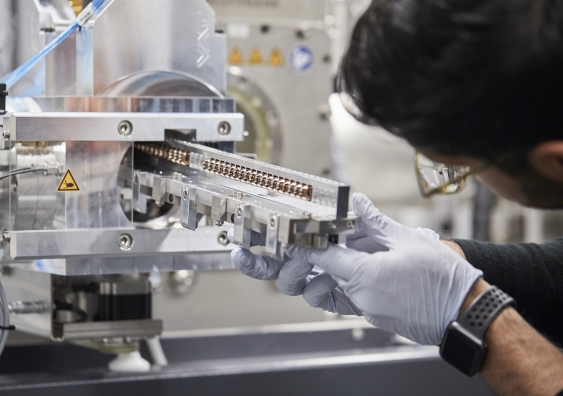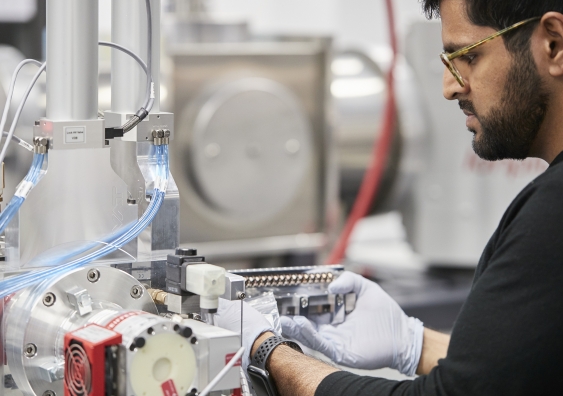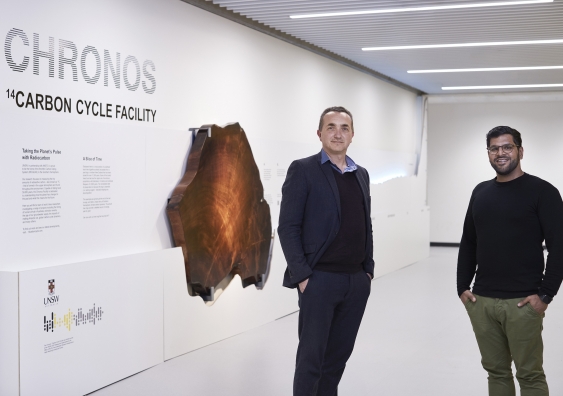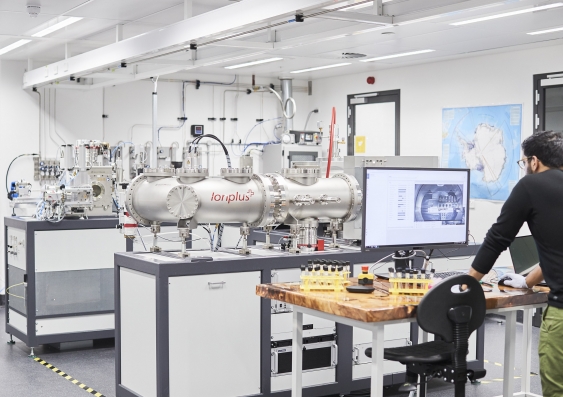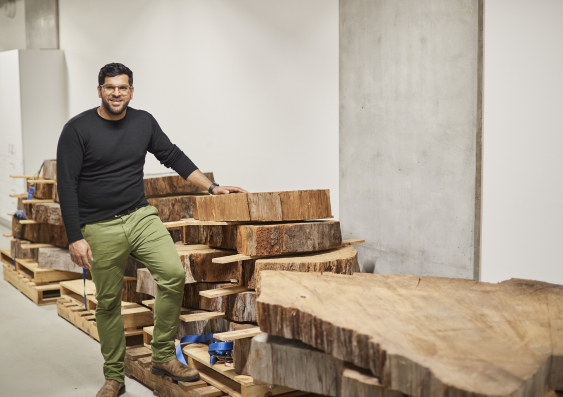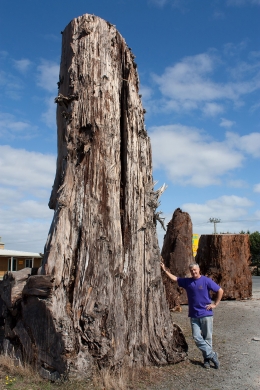Researchers unlock secrets of the past with new international carbon dating standard
An international team of scientists have recalculated the curves used for radiocarbon dating – a key method for archaeology and environmental science – for the first time in seven years.

